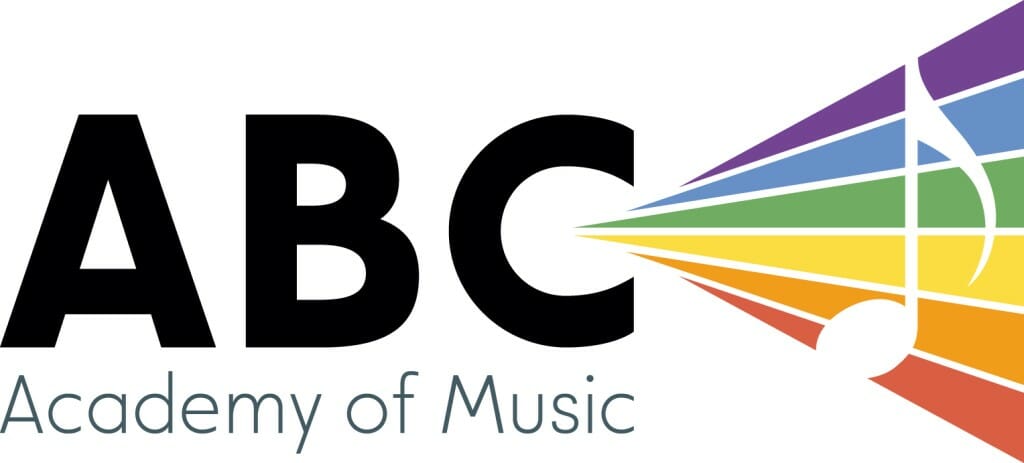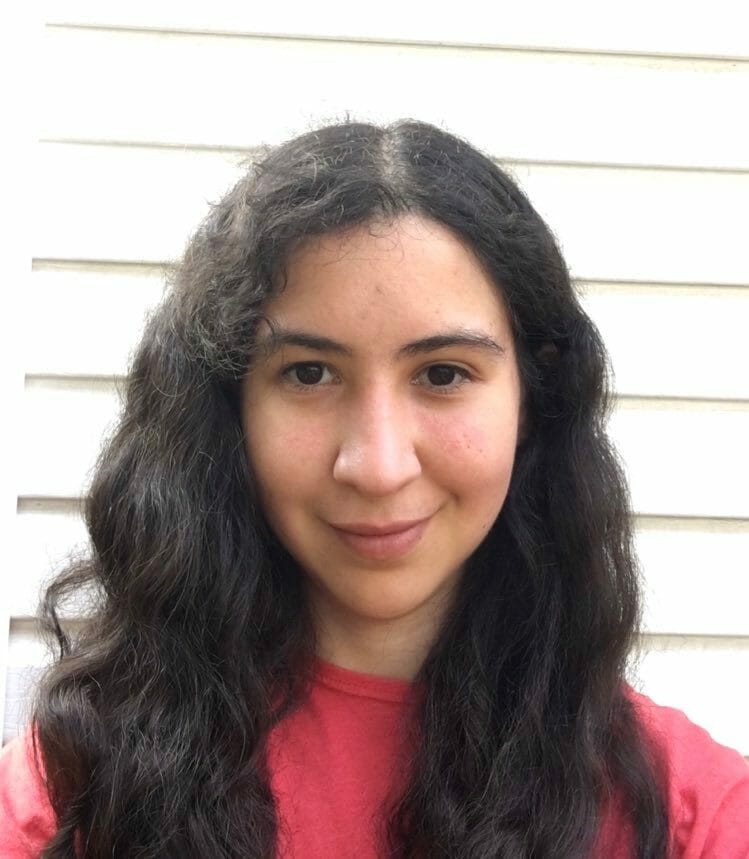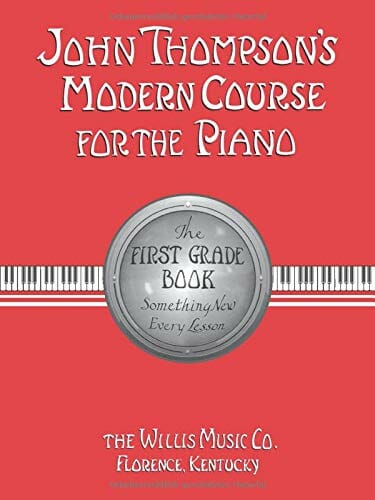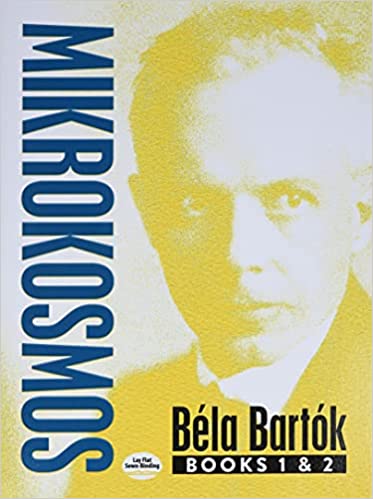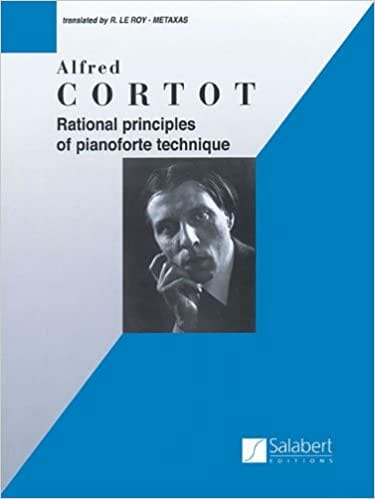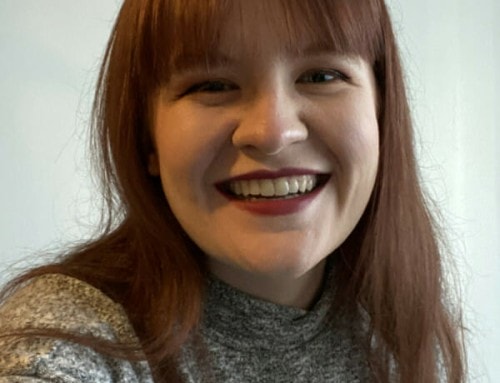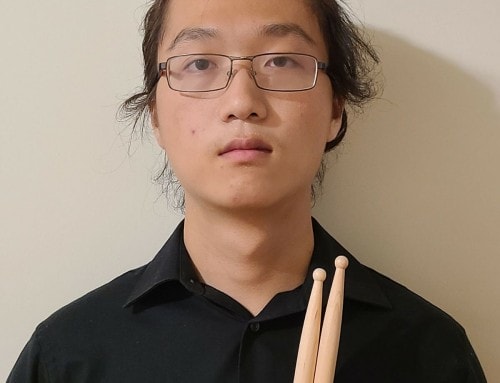M.Mus (York U) in-progress
B.Mus (Pontifical Catholic University of Chile)
B.Arts (Pontifical Catholic University of Chile)
Colomba is a Chilean Canadian pianist and musicologist. Born and raised in Chile, she has been a piano and music theory teacher for over six years. She is currently studying an M.A. in Music at York University with the York Graduate Scholarship.
Colomba completed her Bachelor of Music as well as her Bachelor of Arts (Major in History) at the Pontifical Catholic University of Chile. During her time there, she served as Teaching Assistant in Harmony, Analysis and Music Theory courses. She also had worked as private Piano Teacher from 2016 and at Schlotfeld’s Online Music Academy throughout the pandemic.
As a pianist, Colomba served in 2019 as keyboardist in the 2022 Pulsar Award Winner (Best Jazz & Fusion Album) “Ensamble Escondido”. She also has experience as a pianist for private events and weddings. Colomba seeks to encourage her students to discover their own music tastes and creativity by balancing traditional skills and innovative methods.
Get to know Colomba…Beyond the Bio!
Hobbies: Piano, music research on Classical and Latin American Popular Music, History, Drawing.
Music influences: Music from the Romantic and Impressionist era; Chopin, Satie and Debussy in particular. Popular Music genres such as Classical and Progressive rock. Folk-rooted Latin American genres (Peruvian Landó, Bossa-Nova, Cuban Son).
Favourite food: Any dessert will do the trick. I also like Italian food, Arepas, Asian food. I’m not a picky eater so I enjoy almost any food.
Least favourite food: Beet salad. It doesn’t have too much flavor.
Favorite music: Anything that has an interesting rhythm and melody. My favorite genres are Jazz, Rock, and Latin American Folk Music. Regarding Classical Music, I’ve always been a fan of the Romantic Era.
Favourite song: I like too many songs to choose just one! Negra Presuntuosa- Susana Baca
Time – Pink Floyd
Favourite movie: No Country for Old Men.
Favourite movie music: Pirates of the Caribbean, The Incredibles.
Favourite musical theatre/opera: Carmen – Georges Bizet.
Best quote from your teacher: “a hard-working student in the long term will surpass a prodigy”.
Favourite quote: “Fools who don’t respect history are doomed to repeat it.” “Traveller, the road is only your footprint, and no more; traveller, there’s no road, the road is your travelling.”
Favourite book: One Hundred Years of Solitude – Gabriel García Márquez.
Best thing about teaching at ABC: Helping people to develop a love for music.
Latest Homework from Colomba
Is Colomba Your Teacher?
Sign up now to get your weekly assignments delivered, and never lose your homework sheet again!
April 25th
Francisco:
Overworld Theme (Mario): Practice the first part with both hands. Be particularly careful about differentiating between the slow (quarter notes) and the fast (eight notes) rhythms. For the second part (right hand), practice with your hand as close to the notes as possible. Try not to move it too much from its position. That way you’ll gain speed.
Maria Ines:
City of Stars: Pratice the A section with the repetition. Pay special attention to the end of the section. Make sure you are not skipping parts/omitting the melody. For the B section, practice the melody as seen in class and the bass first with separate hands. When you feel confident, try to put them together.
Noreet:
Piano Adventures p. 66 “All my friends”. First, read the second line alone. I marked some notes so she doesn’t get lost. After that, practice the whole page.
Miabella:
Practice the C major scale, from C to C, with the fingering learned in class.
The Brady Bunch: keep practicing the song. Pay special attention to the rhythm indicated in class (left hand) and to hold the whole notes throughout the whole bar when they appear.
May 3rd
Gerardo:
“Tchaikovsky’s Theme”: Practice the piece following the dynamic marks. Remember that the overall volume of the piece is on the softer side. The first phrase is always soft, and you grow louder in the second phrase.
Take a few minutes to practice the sudden p in bar 16 and the jumps in the coda.
If you have time, start reading “Willow Tree Waltz” (Book 3A, p. 62-63).
Eliam:
Piano Adventures p. “Rodeo”. Make sure he’s starting with the right fingers (thumb in C, left hand; middle finger in G, right hand). Encourage him to go throughout the whole song without stopping between the first and the second line.
Caedan:
Piano Adventures, p. 27 “This is Not Jingle Bells”. I am pretty sure he will recognize Yankee Doodle from the Primer Level book, and it is not going to be difficult for him to read that bit. That being the case, I think the most important part is that he gets the thirds from Jingle Bells right. (Left hand: E-G; right hand C-E).
For “Luigi’s Mansion”, help him follow this model for the second part of the song:
Zoe:
“A Little Piece”: When you practice, start with mm. 21-35. Pick a comfortable tempo and play those bars, making sure that you are following the dynamic marks. For the end, remember that each chord is short, and once you press the keys you have to prepare the next one. Keep in mind that the piece is in triple meter, so try to always count in your head while playing.
Preferred Books for Colomba’s Students
Click to buy them here, and they’ll come right to your house! What could be easier?
Belting - A
Written for ages 5 and 6, My First Piano Adventure captures the child’s playful spirit. Fun-filled songs, rhythm games and technique activities develop beginning keyboard skills.
John Thompson's Modern Course for the Piano
Time-tested bestseller around the world! The legendary Modern Course series provides a clear and complete foundation in the study of the piano that enables the student to think and feel musically. It’s known as the method for quick, dedicated learners. It’s also well-regarded as a self-teaching method for the mature player. The First Grade may be preceded by Teaching Little Fingers to Play and/or Teaching Little Fingers to Play More .
Mikrokosmos
Béla Bartók wrote the first four volumes of the Mikrokosmos as a series of beginning piano exercises for his son Péter. The great Hungarian composer’s complete six-volume collection represents one of the most comprehensive anthologies of contemporary technique ever assembled. This edition, consisting of the first two volumes, presents more than 100 pieces of study material suitable for first- and second-year students.
